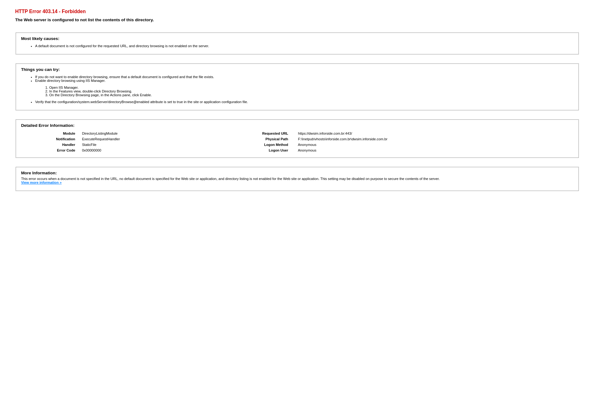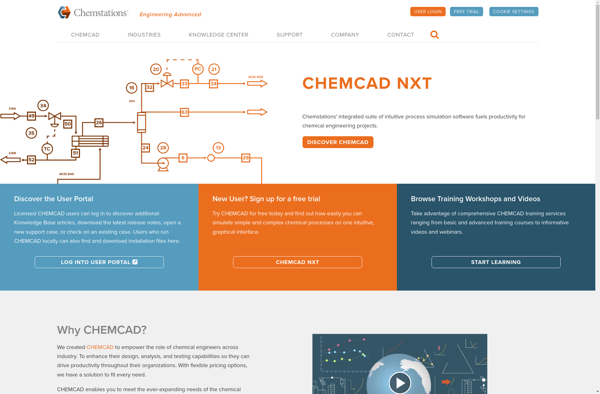DWSIM

DWSIM: Open-Source Chemical Process Simulator
DWSIM is an open-source chemical process simulator software used for modeling chemical processes. It allows users to model steady-state and dynamic simulations of common chemical unit operations. DWSIM is cross-platform and available for Windows, Linux and macOS.
What is DWSIM?
DWSIM (pronounced as 'dee-wiz-sim') is an open-source chemical process simulator software used for modeling chemical processes. It allows users to model steady-state and dynamic simulations of common chemical unit operations like reactors, separators, pumps, valves etc. DWSIM can help determine design specifications and operating parameters for these equipments.
Some key features of DWSIM include:
- Graphical user interface to model flowsheets
- Extensive thermodynamic database
- Options for custom unit operations and reactions
- Optimization tools
- Capability to export simulation data
- Scripting interface for automation tasks
DWSIM is built using the CAPE-OPEN standards, which allows integration with other CAPE-OPEN compliant simulation software. The flowsheet simulation capabilities makes DWSIM a popular alternative for expensive commercial process simulators like Aspen Plus, CHEMCAD or PRO/II.
DWSIM is cross-platform and available for Windows, Linux and macOS operating systems. The open-source nature of DWSIM allows developers to customize and enhance the software as required. Overall, DWSIM is a feature-rich alternative for commercial chemical process simulation software.
DWSIM Features
Features
- Steady-state and dynamic process simulation
- Flowsheeting (PFD) capabilities
- Unit operation models for common equipment like heat exchangers, distillation columns, pumps, etc
- Property prediction models
- Optimization tools
- Custom model development features
- Graphical user interface
Pricing
- Open Source
Pros
Cons
Official Links
Reviews & Ratings
Login to ReviewThe Best DWSIM Alternatives
Top Science & Engineering and Chemical Engineering and other similar apps like DWSIM
Here are some alternatives to DWSIM:
Suggest an alternative ❐Aspen Plus

CHEMCAD

COCO Simulator
